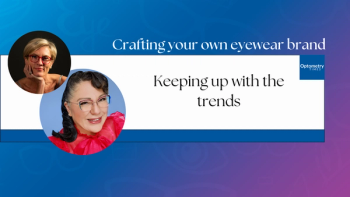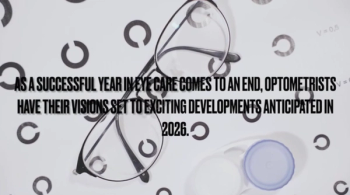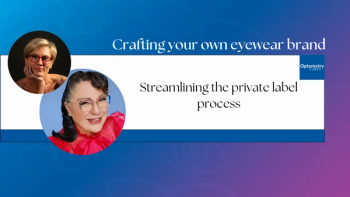
Scottish researchers use video games to treat amblyopia
Researchers at Glasgow Caledonian University (GCU) are developing a way to use video games to improve the eyesight of children with amblyopia.
Glasgow, Scottland-Researchers at Glasgow Caledonian University (GCU) are
While children with amblyopia are currently treated with patching, the researchers believe there is potential for greater motivation and engagement through the use of video games, which stimulate both eyes, improving both visual acuity and stereo vision.
Through a grant from the Chief Scientist Office, the researchers at GCU are developing a custom video game in collaboration with the University of California, Berkeley, which will split the screen to encourage the use of both eyes. Professor Anita Simmers used this approach in a study where children wore gaming goggles to play a Tetris-style game for an hour a day over seven to 10 days. The study established the feasibility of a perceptual learning approach to amblyopia with improvements in both visual acuity and stereo vision.
“My belief is that, while an eye patch works up to a point, there can be further improvements to vision in children of an older age-say six or seven- through greater motivation and engagement with a video task. Encouraging the use of both eyes in a treatment is a fundamentally different approach,” says Professor Simmers.
Newsletter
Want more insights like this? Subscribe to Optometry Times and get clinical pearls and practice tips delivered straight to your inbox.













































.png)


